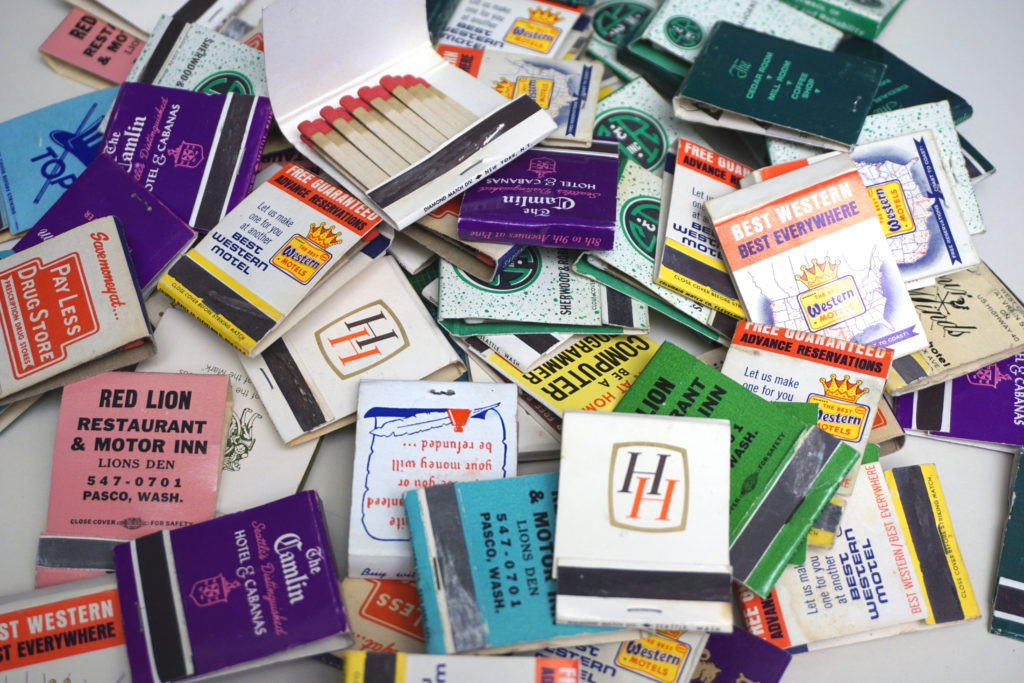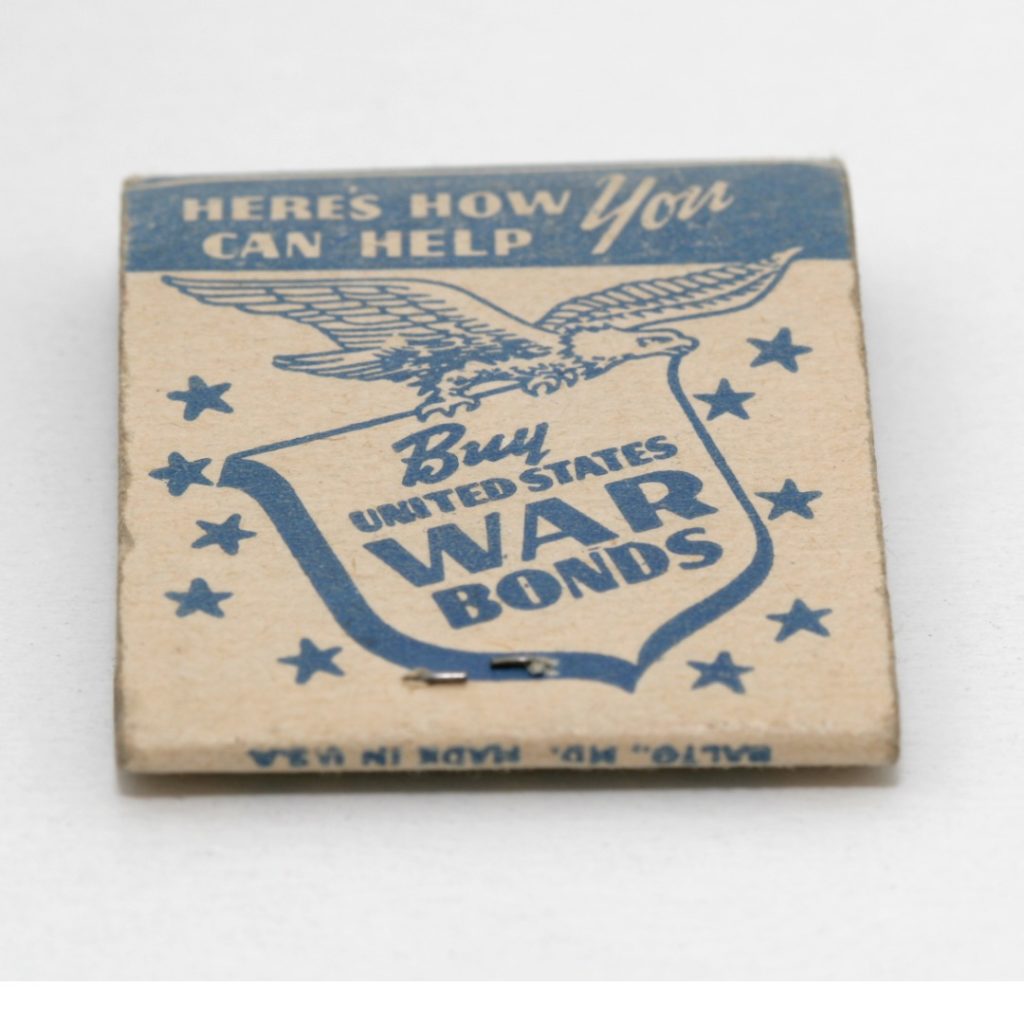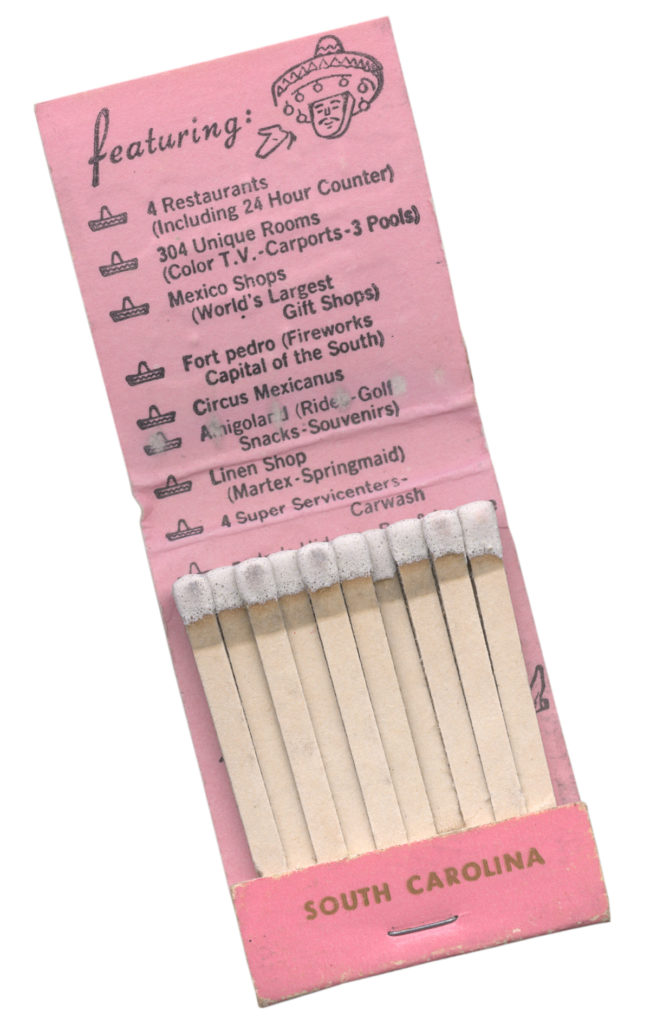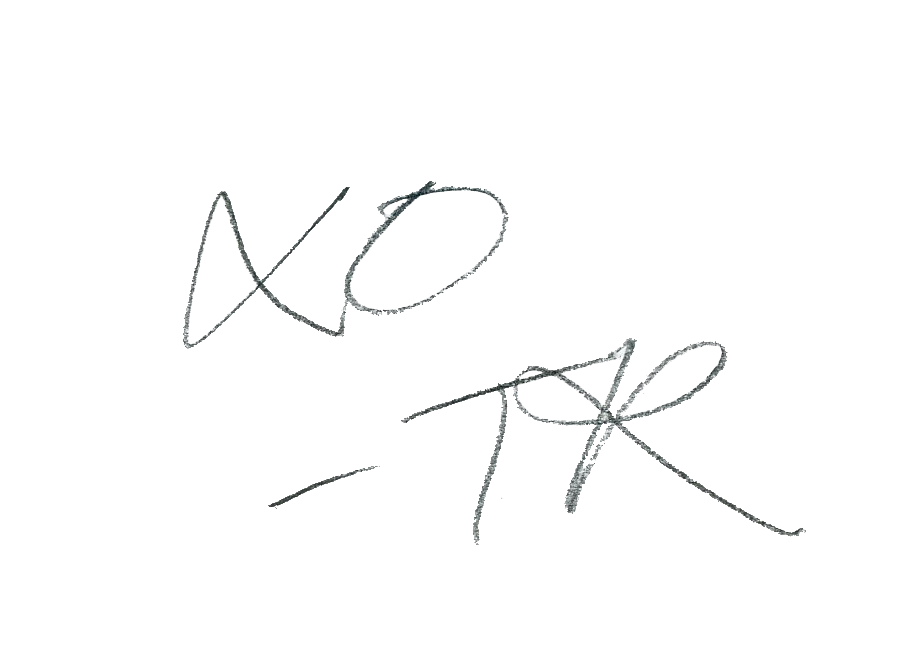The Sketchbook
A Brief History of Matchbook Collecting

It’s 1892. A lawyer and inventor by the name of Joshua Pusey submits a patent for a folded piece of cardboard, carrying matches and a striker inside of it. He called his invention, “flexibles,” most likely due to the fact they could easily slide into a suit pocket with little evidence of their presence.
By the late 1890’s, Pusey’s patent had been sold to Diamond Match Company–who rapidly increased the popularity of matchbooks as an advertising opportunity (most likely due to the popularity of smoking). Opera troupes, airlines, silver screen executives, universities, and even the United States military began producing illustrated covers for matchbooks as a cost-effective advertising method. General Douglas MacArthur dropped matchbooks behind enemy lines with the words “I Shall return” during World War II.

iStock.com/ Sumos
By the 1940s, over a million Americans had become collectors, or “phillumenists.” A word that uses a combination of the Green ‘Phil’ (loving) and Latin ‘Lumen’ (light).
As you probably guessed, there was a shift in clientele in the matchbook making industry as the invention of lighters, and later, anti-smoking campaigns, snuffed out the market.
It’s actually nostalgia that brought back the popularity of matchbooks and their resurgence into customers hands.

While Baseball teams and airlines had phased out matchbook advertising for the association with smoking, restaurants and hotels (and later home brands) continued to see the value in them. When thinking about cost-effective advertising, matchbooks take the lead over business cards by virtue of exposure. A customer who takes a matchbook will be exposed [to the advertising] as many times as they use it – between 20-40 times based on the number of matches in each book. As a non-smoker, I am exposed to matchbooks and their logos every time I go to light a candle (which is often), or sit near the coffee table where they are displayed in a large bowl (so, every time I am in my living room….which is every day).
These companies view matchbooks as useful, collectible objects, that tug at your heartstrings by evoking the kind of nostalgia that stops you from discarding it. They have become a souvenir and a tradition – all while subtly (but constantly) keeping that company top of mind.
So why the hospitality industry? Even with the widespread decline in smoking and subsequent bans on smoking indoors by the ’90’s, restaurants and hotels continued to utilize matchbooks out of a long-standing tradition (Tradition quite possibly being linked to – restaurants and hotels always have bars. You could smoke in bars.). As the need for matchbooks went down with smoking bans, the manufacturing prices went up – leaving many remaining restaurants to label them as nonessential expenses.
Of course with the scarcity of matchbooks going up, they’ve become even more fun to find in restaurants today – and even more collectable with the introduction of contemporary graphic design and artwork in their production.
Some matchbook collectors press and preserve the books to be sold, but more frequently, matchbooks are collected to be displayed and seen (I definitely fall into this category). Contemporary design and imagery on each cover makes them exciting, but the history behind the matchbook in your hand is why I think they are so special. They all come with a story. Where were you when you got it? Who were you with? I bet you can tell me everything – and I bet that memory will make you smile.
And that, my dear friends, is why matchbooks are my muse; the ultimate ode to memory, Alzheimer’s, and art.

Love matchbooks but not a fan of messy displays? Learn more about our Matchbook Prints here.
To learn more about My Father’s Daughter & Alzheimer’s Disease Advocacy, click here.